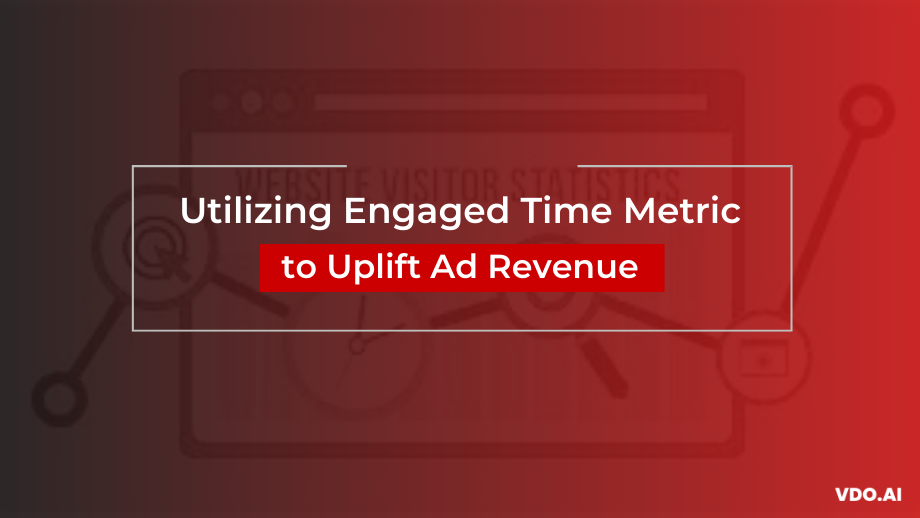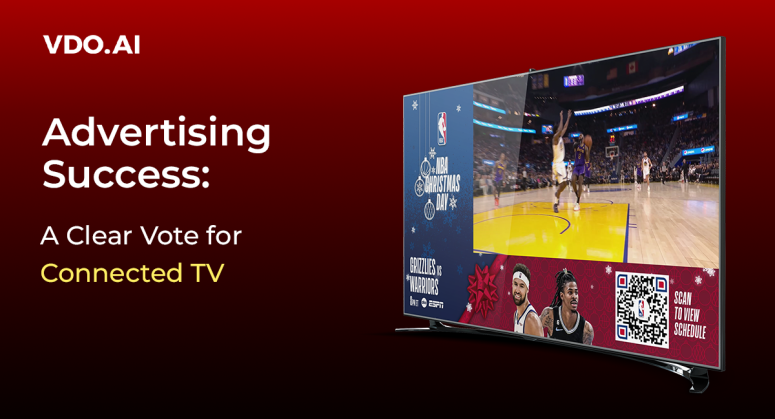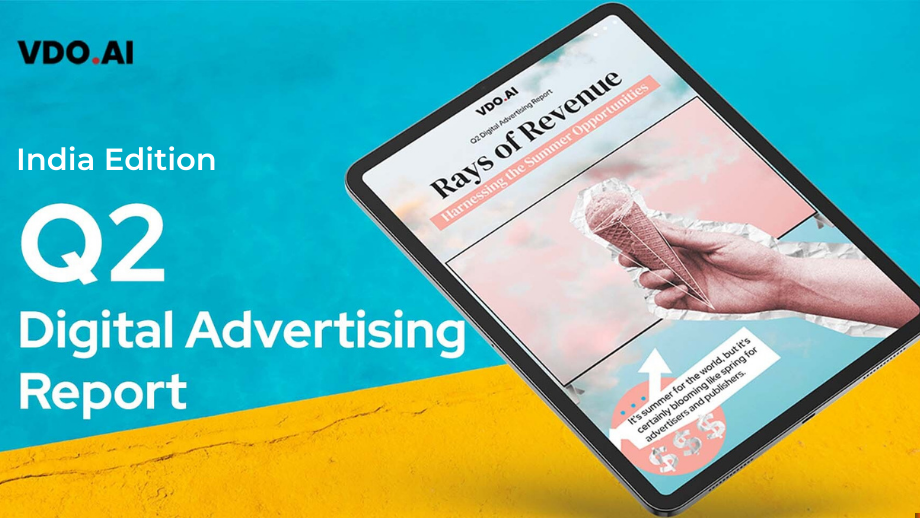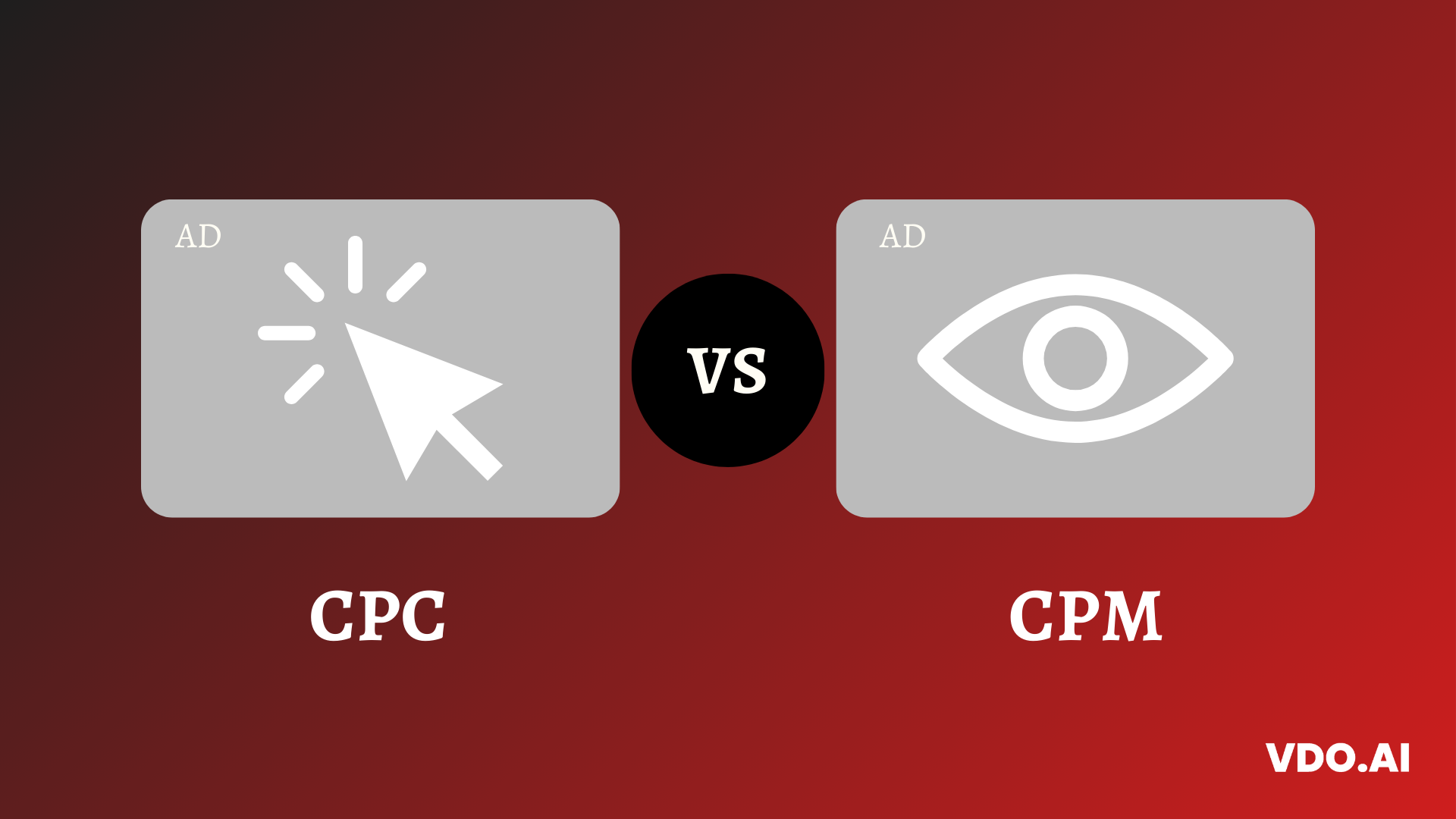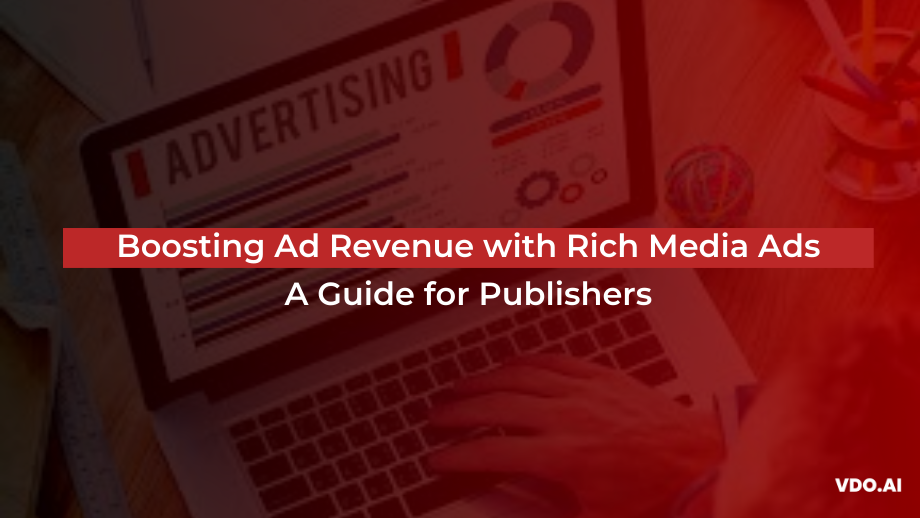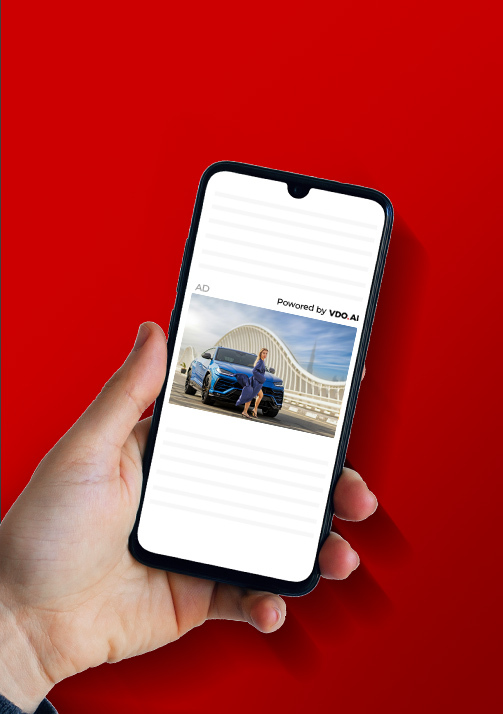Utilizing Engaged Time Metric to Uplift Ad Revenue
Reading Time: 5 minutesDiscover how engaged time is directly connected to reaping rewards in terms of more subscriptions, CPMs, and ultimately ad revenue.
In the advertising landscape, understanding and tracking website metrics are integral to the success of programmatic publishers. Metrics serve as the guiding star for them, offering insights into performance and ad revenue generation.
That said, earlier, the conventional wisdom has been to use traditional analytics such as impressions and pageviews to measure success. However, these numbers aren’t enough to navigate publishers toward optimal strategies, ensuring every ad placement maximizes its potential.
This is where the Engaged time metric comes into the picture.
A large number of unique page views doesn’t necessarily mean the readers are paying attention to your content. They are probably skimming through a few pages/ blocks and leaving without consuming much information.
The Engaged Time metric offers a significantly precise insight into what content resonates with readers and what captivates their interest in a website. Over time, this metric can pave a clearer pathway towards generating revenue.
What is Engaged Time?
Engaged time refers to the amount of time an individual spends actively interacting with or consuming content of the website or app. It goes beyond simply measuring the duration of a visit or session and focuses on quantifying the time users spend genuinely engaged with the content. This includes clicking, scrolling, hovering, playing the audio or video of the ad, etc.
Moreover, engaged time remains unaffected by entry and exit events, thus providing a more accurate gauge of audience engagement.
Benefits of Measuring Engaged Time for Publishers
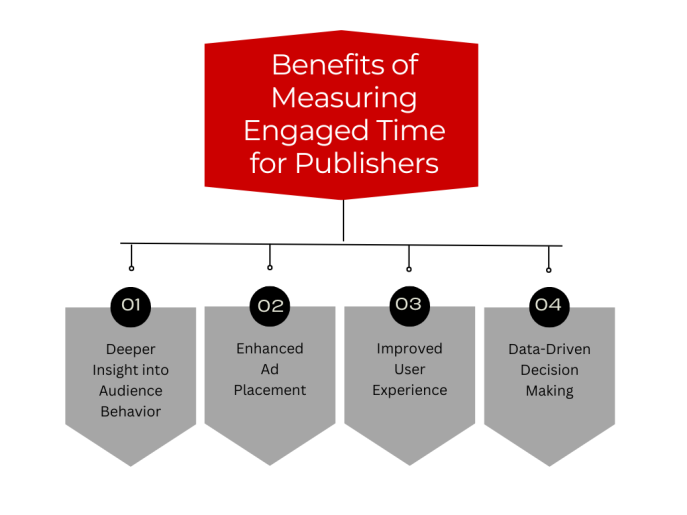
Engaged Time can aid audience development efforts in multiple ways.
Deeper Insight into Audience Behavior: Engaged Time offers a golden opportunity to understand your audience’s interaction with your website/app. This includes how much time they spent on the ad, no. of clicks/views on different ad placements and pages, etc. Publishers can effectively make informed decisions based on the engagement reports to augment their audience targeting and retention strategies.
Enhanced Ad Placement: By identifying which content/ad attracts and retains audience attention, publishers can strategically place ads within sections of the website that garner the highest Engaged Time, maximizing the visibility and effectiveness of advertisements.
Improved User Experience: By delivering contextual advertisements that align with audience interests and preferences, publishers can elevate the overall user experience, leading to increased loyalty and repeat visits, which in turn can drive revenue growth.
Not to mention, studies conducted by IAS and Neuro-Insight indicate that 73% of consumers find contextually relevant ads to be more appealing while improving their perception.
Also Read: 10+ Tips to Improve Website User Experience with Ads
Data-Driven Decision Making: Engaged Time metrics provide publishers with actionable data to make quantitative decisions about content creation, marketing strategies, and website monetization, resulting in more effective revenue-generation efforts.
Which Engagement Metrics to Track for Accurate Results
One of the most valuable and often overlooked metrics for measuring user engagement is session length. This powerful indicator provides insights into content quality, user experience, and overall website or app performance.
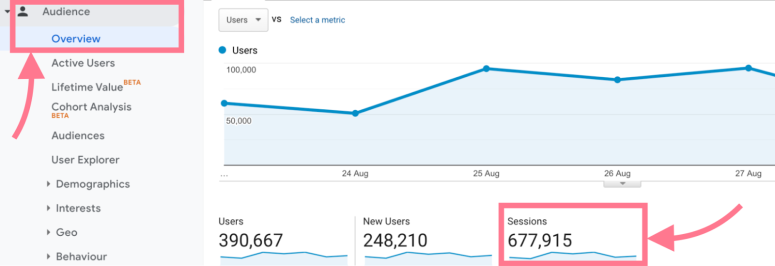
Session length (session duration), is the amount of time a user spends on a website or application during a single visit or session. It is a metric commonly used in web analytics and digital advertising to evaluate user engagement and the effectiveness of a website or app.
Session length is typically measured in seconds, minutes, or hours and can be analyzed for various purposes, such as understanding user behavior, optimizing the user experience, or measuring the success of advertising campaigns.
Why Session Length Is Crucial to Measure User Engaged Time?
The measurement of session length assumes critical importance in assessing user engagement due to its ability to unveil the effectiveness of a website or application in captivating user attention and sustaining interest.
A lengthier session duration often signifies heightened user engagement, indicative of a captivating content experience and enhanced overall user satisfaction.
Here’s why session length emerges as a pivotal factor in measuring engaged time:
Increased Ad Visibility: Longer session lengths indicate that users are spending more time on a publisher’s website or platform. This extended engagement provides more opportunities for ads to be seen by users, increasing ad visibility and potential ad impressions.
Improved Ad Relevance: Optimal session lengths suggest that users are more deeply engaged with the content they are consuming. This increased engagement allows publishers to deliver more relevant ads that are better aligned with users’ interests and preferences, leading to higher click-through rates and ad engagement.
Better Monetization Opportunities: Publishers can leverage session lengths to offer advertisers premium ad placements, such as interstitial ads or native advertising units. These higher-impact ad formats command higher ad rates, resulting in increased ad revenue for publishers.
Boosted User Loyalty and Retention: Longer session lengths indicate higher levels of user satisfaction and engagement. By delivering compelling content and ad experiences that keep users engaged for longer periods, publishers can foster stronger relationships with their audience, leading to increased loyalty and repeat visits.
Build Engagement with Your Audience with VDO.AI
VDO.AI is a global technology innovator offering publishers opportunities for website/ app monetization. With different and interactive ad formats like native, re-circulation, display, and video advertising, we help publishers maximize engagement and ad revenue. Today, we have created 1500+ publisher partnerships and 200+ new brand associations.
If you are looking for effective website/app monetization with increased engagement time, we can help you. Contact us to know more.
Frequently Asked Questions
What Strategies Can Publishers Employ to Increase Engaged Time?
To increase engagement time with their website or app, publishers can do the following:
Create Compelling Content: Produce high-quality, engaging content that captivates the audience’s attention and encourages them to spend more time on the page.
Optimize Website Performance: Ensure fast loading times, intuitive navigation, and mobile responsiveness to provide a seamless browsing experience that encourages users to stay longer.
Implement Relevant Internal Links: Include internal links within the content to guide users to related articles or pages, keeping them engaged and exploring more content on the website.
Use Interactive Ad Formats: Incorporate interactive ad formats such as quizzes, polls, or games to increase user interaction and prolong engagement with the ad.
Personalize Content Recommendations: Utilize data-driven algorithms to recommend relevant content to users based on their browsing history or preferences, encouraging them to explore more pages and spend additional time on the website.
How to calculate session length and average session length?
Here is the step-by-step guide for calculating session length and average session length.
Start Time: Record the time when a user initiates a session by accessing a website or application.
End Time: Note the time when the user exits the website or application, indicating the end of the session.
Calculate Duration: Subtract the start time from the end time to determine the total duration of the session.
To calculate average session length:
Sum Session Lengths: Add up the duration of all individual sessions within a specified time period.
Divide by Number of Sessions: Divide the total duration by the number of sessions recorded during the same period.
Result: The resulting value represents the average session length for that time period.
90% of Our Publishers Increased Revenue by 75%!
